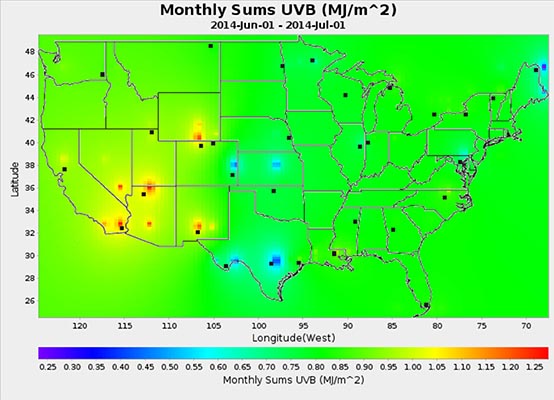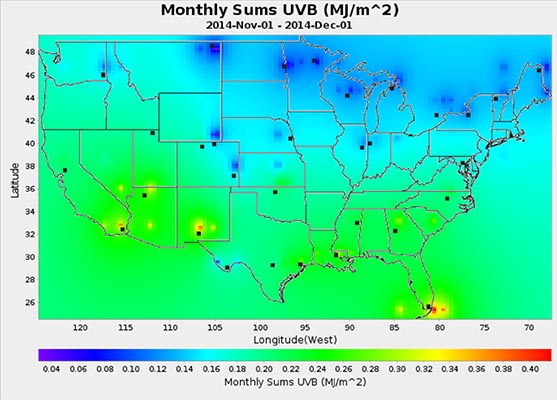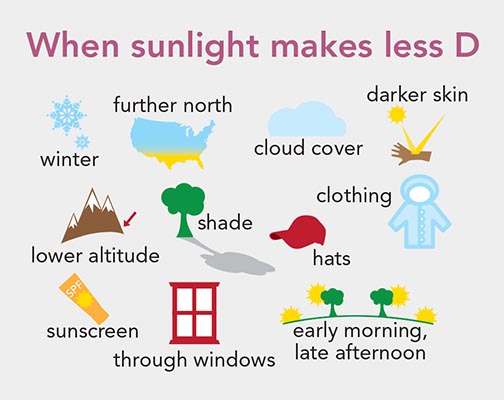The key foods and nutrients that matter for your bones

What do you need to eat to protect your bones? Enough protein, fruits and vegetables, vitamin D, and, of course, calcium. The basics:
- Protein: Shoot for at least 60 grams of protein (women) or 80 grams (men) each day. Rule of thumb: Your protein target in grams is roughly equal to half your weight in pounds.
- Fruits and vegetables: Aim for at least 10 (1/2-cup) servings of fruits and vegetables each day. There's no better way to neutralize excess acids that lead to bone loss.
- Vitamin D: Adults up to age 70 need 600 IU (15 mcg) per day. Over 70? It rises to 800 IU (20 mcg). You're unlikely to get enough from foods. See Where to find vitamin D below.
- Calcium: The Recommended Dietary Allowance for adults over 19 is 1,000 milligrams per day. It jumps to 1,200 mg for women over 50 and men over 70. Read on to find out if you need a supplement.
How much calcium you get from foods
The calcium targets of 1,000 mg or 1,200 mg per day include what you get from food and supplements combined. Here's what's in some popular calcium-rich foods...and a few that have less than you think.
Are you getting enough? Count roughly 250 mg for each serving of dairy you eat (150 mg for greek yogurt) and 250 mg for the rest of your diet. Then see if you need a supplement.
Where to find vitamin D
You won't find much vitamin D in foods. Aside from salmon and other fatty fish, most foods aren’t naturally rich in vitamin D. Many foods (milk, most cereals, and margarine, for example) are fortified with D, so check the labels. They typically list amounts of vitamin D in micrograms (mcg) and as a percent of the Daily Value (% DV), which is now 20 mcg (800 IU).
Another source: the sun. Ultraviolet (UVB) radiation from the sun penetrates uncovered skin and converts a compound in the skin into what eventually becomes vitamin D. But your skin’s ability to make vitamin D depends on where you live and what time of year it is. Here’s how the intensity of UVB changes from north to south and from summer to winter.
June

As long as you’re in a green, yellow, or red area—in other words, pretty much anywhere on the map—your body will easily make vitamin D when uncovered skin is exposed to the sun’s UVB radiation in June.
November

If you’re in a blue or turning-blue area—anywhere except the South and Southwest—in November, you’re not going to get much UVB sunlight to make vitamin D. By the end of December, the entire country—with the exception of South Florida and a few pockets in the Southwest—is solid blue.
Note: The small blue dots represent locations of measuring stations.

Photos: © Davizro Photography/fotolia.com (cereal), USDA UV-B Monitoring and Research Program at Colorado State University (maps). Illustration: Jorge Bach/CSPI.

